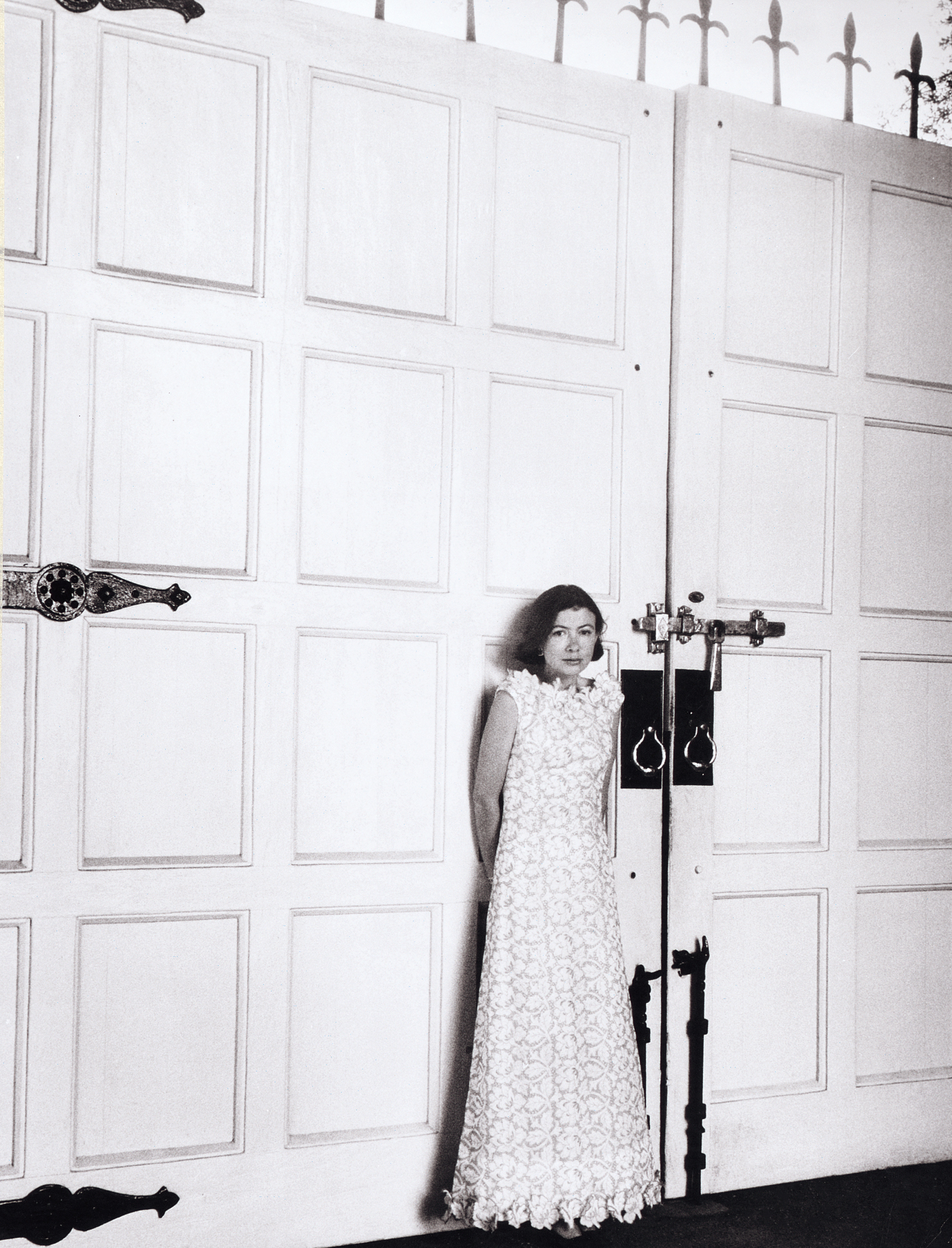The Making of V: Christopher Bollen (V14)
On Joan Didion
V Magazine 121 is on newsstands now. To order a copy click here, and sign up for our newsletter for exclusive stories from the new issue.
To illustrate our V family values, we revisit some of our most scrapbook-worthy clips.
CHRISTOPHER BOLLEN: V14, the November/December 2001 issue, coincided with my Joan Didion phase, which every young writer has at some point. If you look at the magazine before that time, there weren’t that many stories that didn’t involve fashion; occasionally there were art stories—Jason Schmidt’s “Work In Progress” artist series had already become a regular feature by this point. But outside of the realm of fashion, V rarely treaded. It really took time, as I recall, to figure out the right “V” way into fields like art or literature; now it seems like second nature to have this melding of high and low, but in the early 2000s, everything was really niche and there was a real mistrust about consorting with fashion. Luckily, I took a chance on getting a Joan Didion Q&A in the pages, and to Joan’s credit, she was ballsy and forward-thinking enough to take a chance on being profiled in a young downtown fashion magazine. This was a moment where Joan Didion was an icon among older readers, but young people hadn’t really found her yet. Now she’s so popular, it’s hard to imagine that a generation didn’t know her by name, but that was the case in 2001 You know, all careers have peaks and valleys. So, covering her really felt fresh and unexpected and journalistic. And I think that story opened V up into becoming a broader cultural magazine—one that covered fashion and culture in all its forms.
I interviewed her in person for V’s “Heroes” franchise—I was 25 years old and although I had interviewed famous people before, I was a bit star-struck about meeting Joan. You really should never meet your idols because they fall, not only a little bit. But she was wonderful. Tough but also very kind and generous. So many people I later interviewed were much more brutal and difficult, like Gore Vidal. [Laughs] We covered him in a later issue, and he was such a jerk when I arrived at his house in Los Angeles. I look back fondly on that experience, but it was hell at the time.
Joan had an apartment on the Upper East Side; I went up there with two mini recorders on a very humid summer day and we had a long conversation sitting across from each other in her airy, white living room. Her husband, John Gregory Dunne was hidden in another room and would occasionally call out to her. It was a dreamy apartment, and I particularly remember a lengthy foray into California and “Goodbye to All That.” God, what happened to those miniature cassette tapes?
After that, we really opened that “Heroes” section up to so many different voices—Robert Altman, Norman Mailer, and then there were surprising figures like Tom Savini, who was like the go-to makeup artist for horror. You could go any which way in the front of book. We sort of had to convince Stephen that these people were important and consequential enough, but once he saw the results of these first few issues, he trusted us to go any direction we wanted. This was really before the advent of editorial websites and blogs when print magazines were really still the main source of coverage and content. There were very few spaces in publishing that allowed someone so young to make big decisions and execute them. I credit Stephen and V with giving a bunch of green editors the chance to run a magazine. That to me was the real excitement of V.
